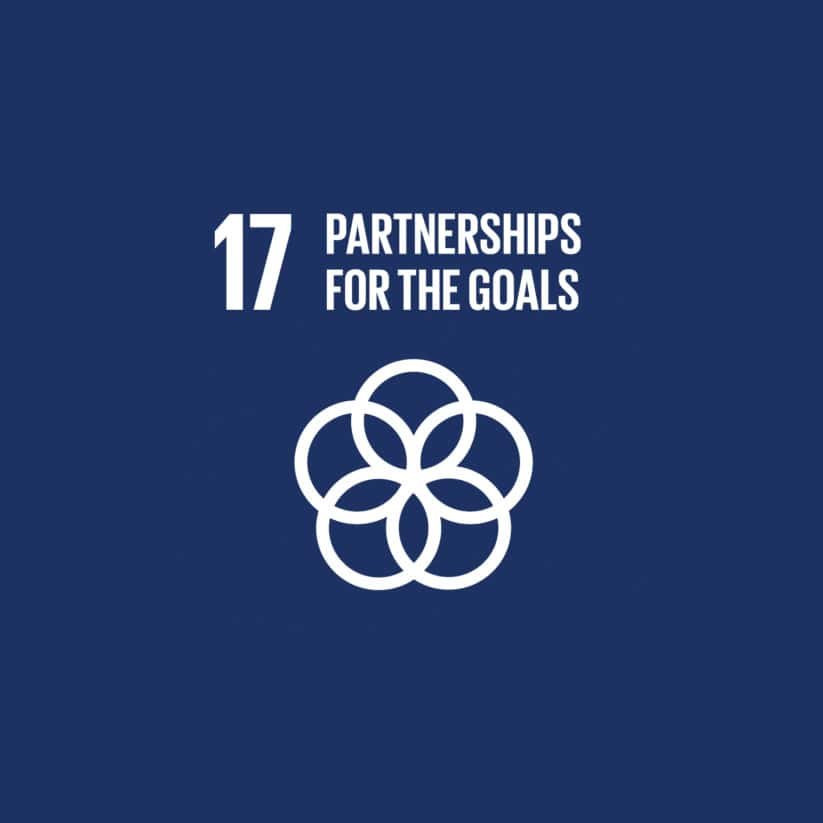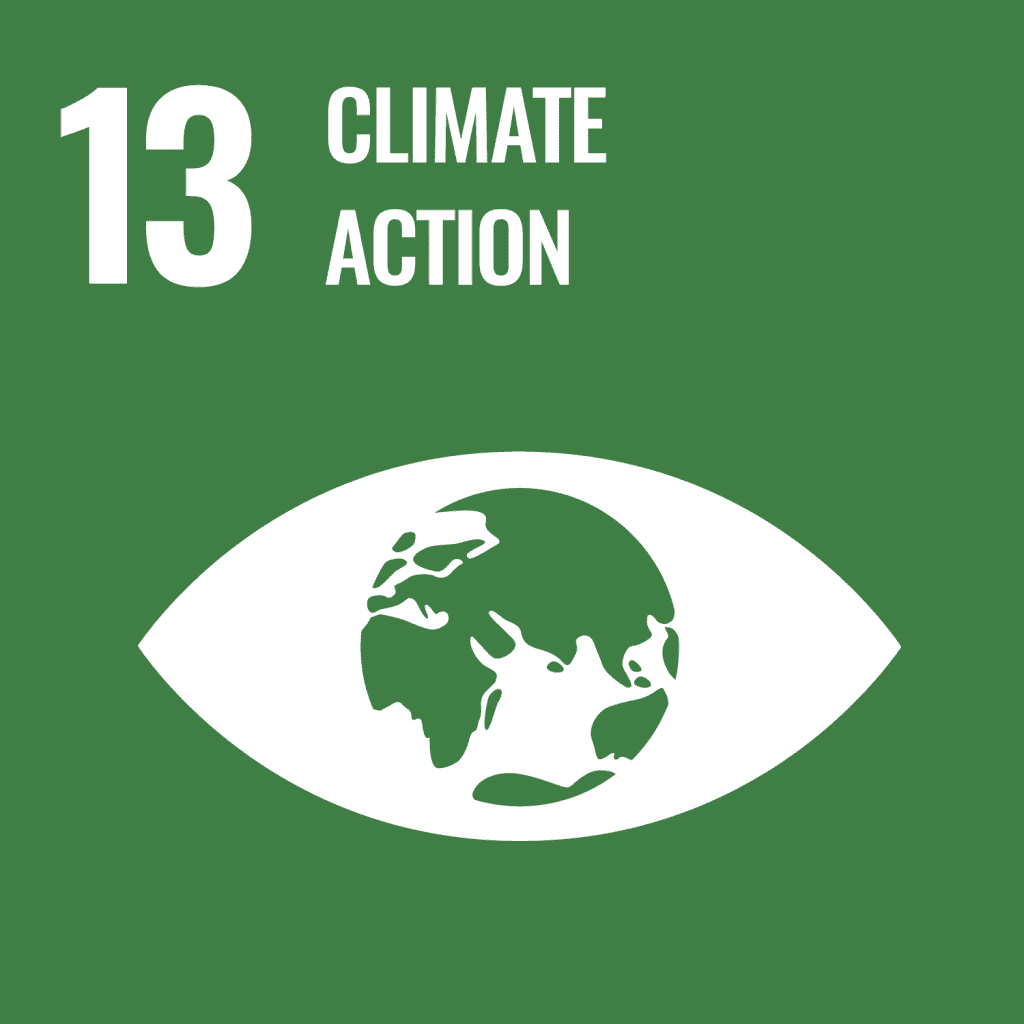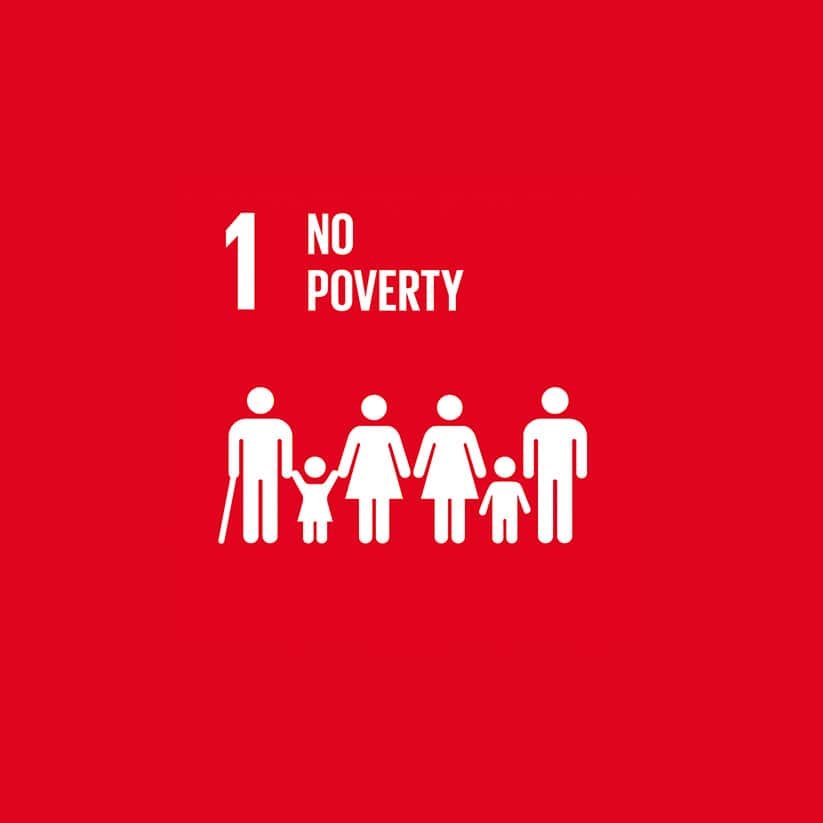
Brilliant innovation
At the cutting edge
Swarovski is synonymous with craftsmanship and luxury. Founded by Daniel Swarovski over 130 years ago in Wattens, in the Austrian Alps, the company became world-renowned for its revolutionary precision-cutting technology that produced crystals of unmatched brilliance and quality.
The company also shines as an early pioneer of sustainability. In 1907, Swarovski developed its first hydropower plant to drive the crystal-cutting machines. “From its inception, Swarovski used the power of the local river to fuel its manufacturing,” says Hannes Suitner, GSC Category Manager B2B Core.
Today, guided by Daniel’s philosophy to continuously improve what is already good, the company has set out ambitious, long-term sustainability goals, using its renowned savoir-faire to drive innovation and weaving sustainability into the fabric of its entire business, including the company’s commitment to clean energy and future product innovations, from conception to store.
Today, Swarovski’s focus is on three key areas: mitigating climate change with energy efficiency and renewables; preserving resources and minimizing waste, by using more sustainable materials or pursuing circular principles in design and operations; and promoting fairness and celebrating individuality across the organization and supply chain.
Crystal clean
Swarovski’s ReCreated Crystals exemplify one of the company’s many sustainability advancements. Combining Swarovski’s exceptional savoir-faire with circular innovation, Swarovski ReCreated Crystals are the House’s most sustainable crystals to date.
These high-quality crystals are made according to circular principles, using leftover materials from crystal manufacturing. This innovation allows Swarovski to use at least 40% fewer natural resources than for its standard crystals, as well as minimizes waste.
“Pushing design boundaries is in our DNA, and today that means creating beautiful products with minimal environmental impact,” says Milena Haas, Senior Product Development Manager at Swarovski.
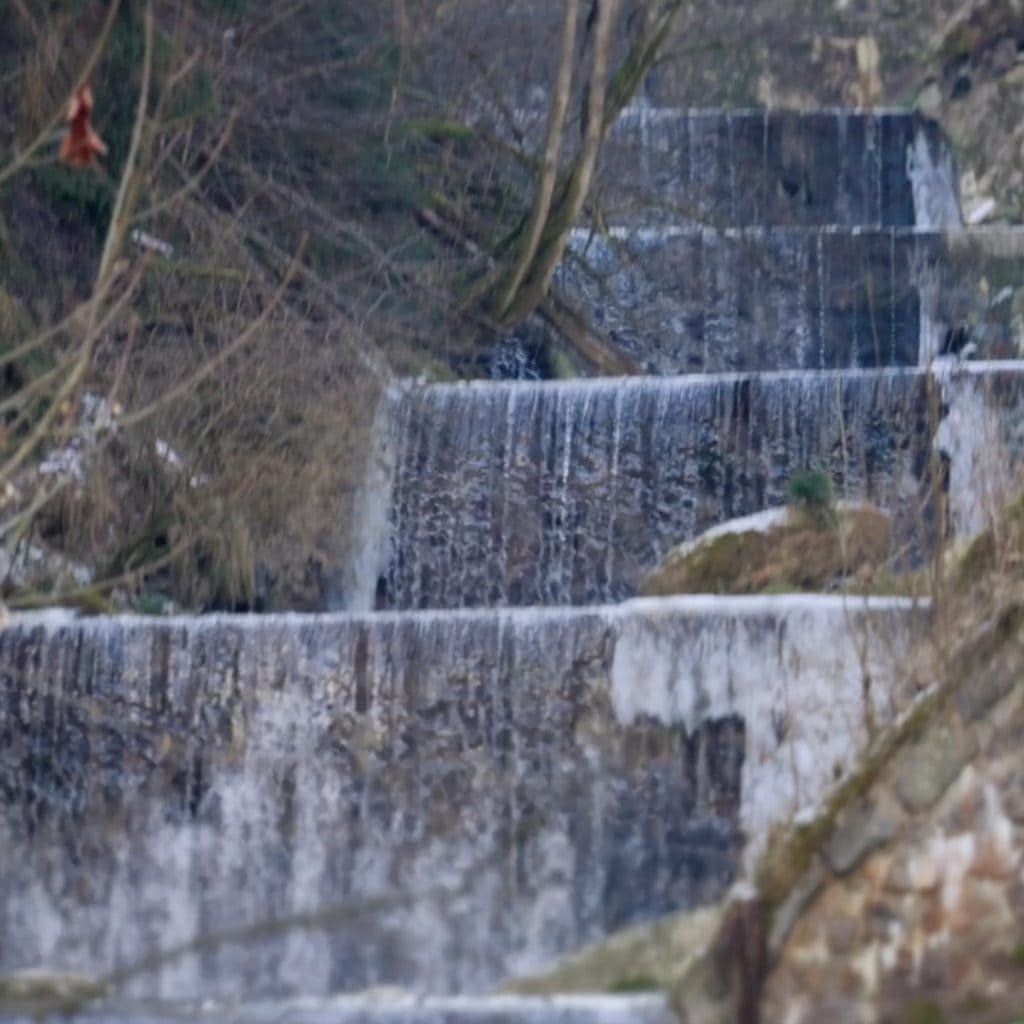
Where in the world?
Swarovski’s positive environmental impact expands from its headquarters and crystals manufacturing sites in Austria, to Serbia and Asia where it produces its finished products. For example, in 2024 Swarovski kept 57% of its global manufacturing operations waste out of landfill. This reduction was enabled by the company’s manufacturing site in Thailand, which diverted 100% of waste from landfill.
In addition, five out of six of Swarovski’s global manufacturing operations are now run on renewable energy.
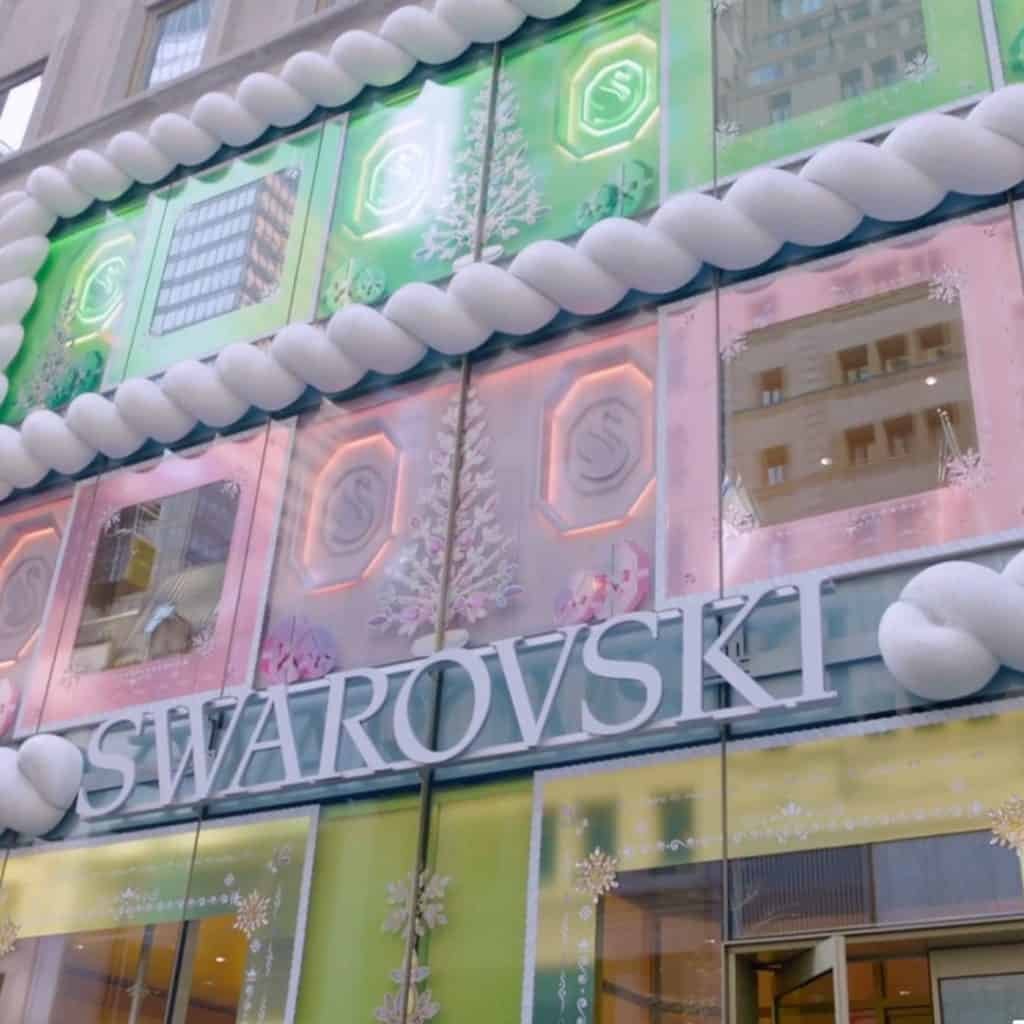
What does a sustainable future look like?
Swarovski’s unique blend of artistry, cutting-edge technology, and sustainability ensures that the company is crafting a more brilliant future for its business, people, and the planet.
In line with SDG 13, which aims to take urgent action to combat climate change and its impacts, Swarovski joined the Science Based Targets initiative in 2021 and outlined its climate goals: to reduce greenhouse gas emissions by 47% in its operations and 28% across its supply chain by 2030.
“By improving energy efficiency, transitioning to renewable energy, and electrifying gas-powered processes, we are advancing our goal,” says Johannes Maier, Head of Crystal Glass Manufacturing at Swarovski.
Flying the flag for responsible luxury
In 2024, Swarovski opened a new flagship store on Fifth Avenue in New York. This shining example of crafting a high-end customer experience, while mitigating, controlling, and reducing its footprint, has achieved Platinum-level certification under the LEED (Leadership in Energy and Environmental Design) rating system.
“Swarovski on Fifth stands as a testament to how luxury and sustainability can go hand in hand,” says Miso Bugarski, Head of Global Construction and Facility Management at Swarovski.
Did you know?
Renewable sources now account for 34% of Swarovski’s total energy mix, marking a 12% increase since its 2019 baseline, and has reduced its total greenhouse gas emissions by 46% over the same period.
Swarovski’s collections are available in over 2,300 stores in 140 countries, and the company employs around 18,600 people worldwide.
More SDG projects

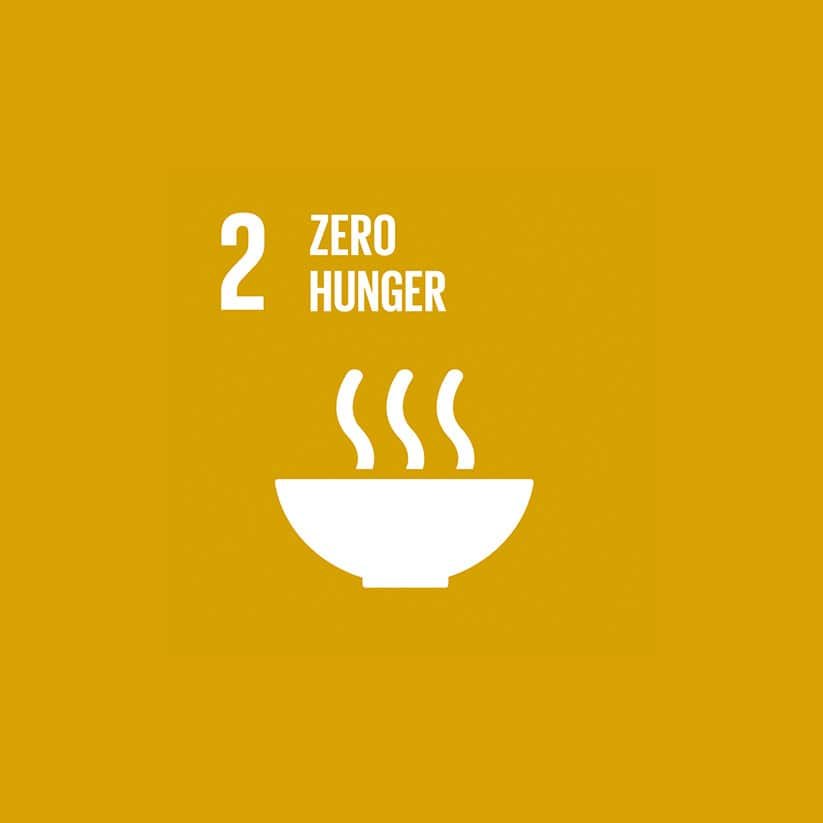
SDG 2: Zero Hunger
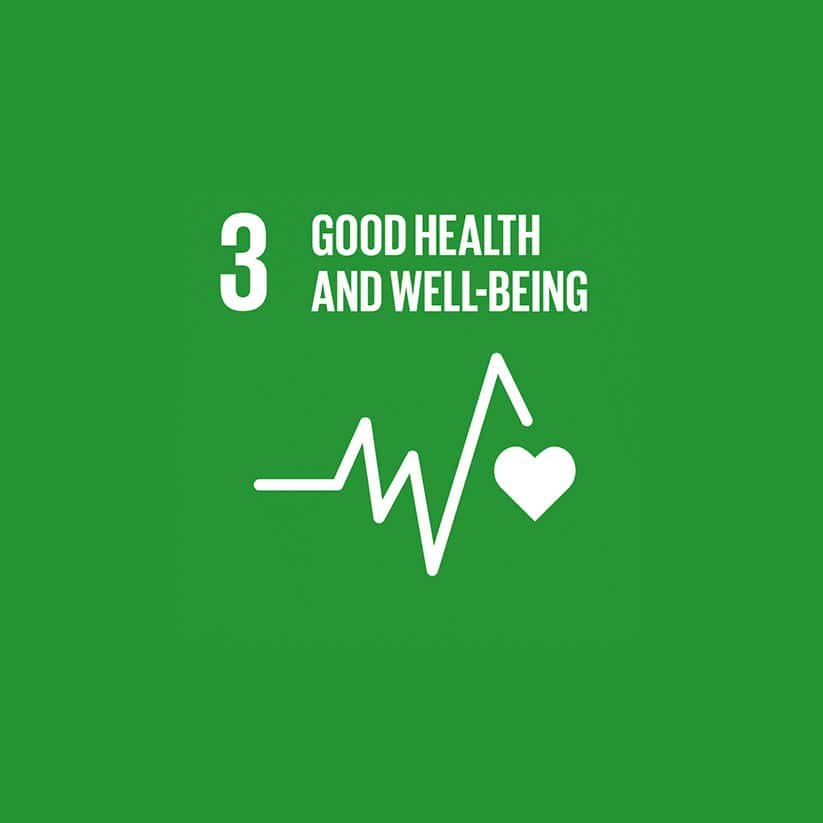
SDG 3: Good Health and Well-being
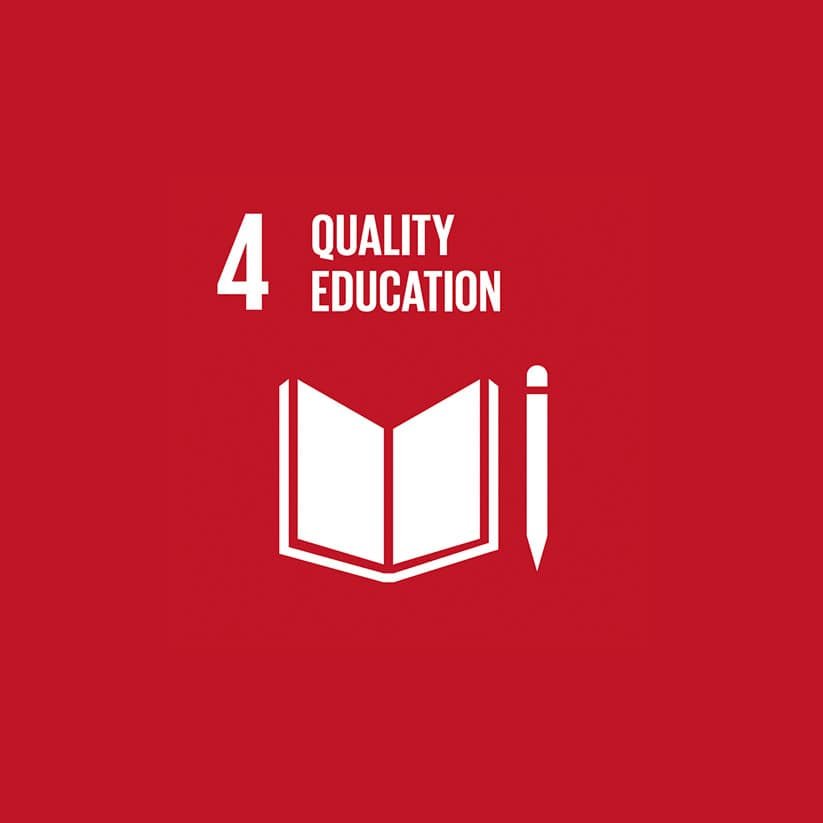
SDG 4: Quality Education
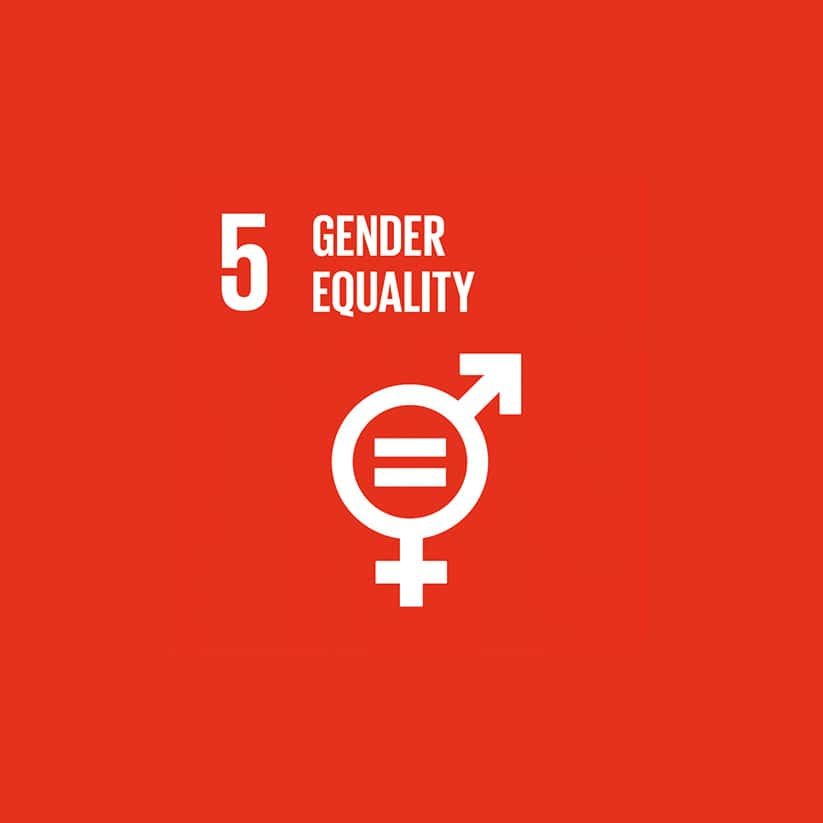
SDG 5: Gender Equality
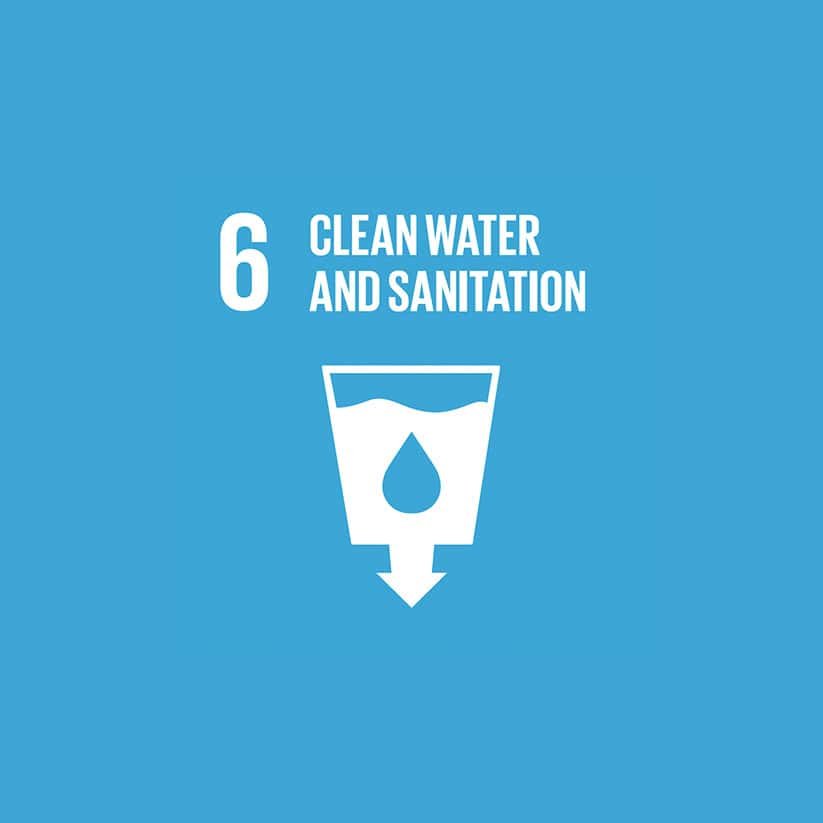
SDG 6: Clean Water and Sanitation
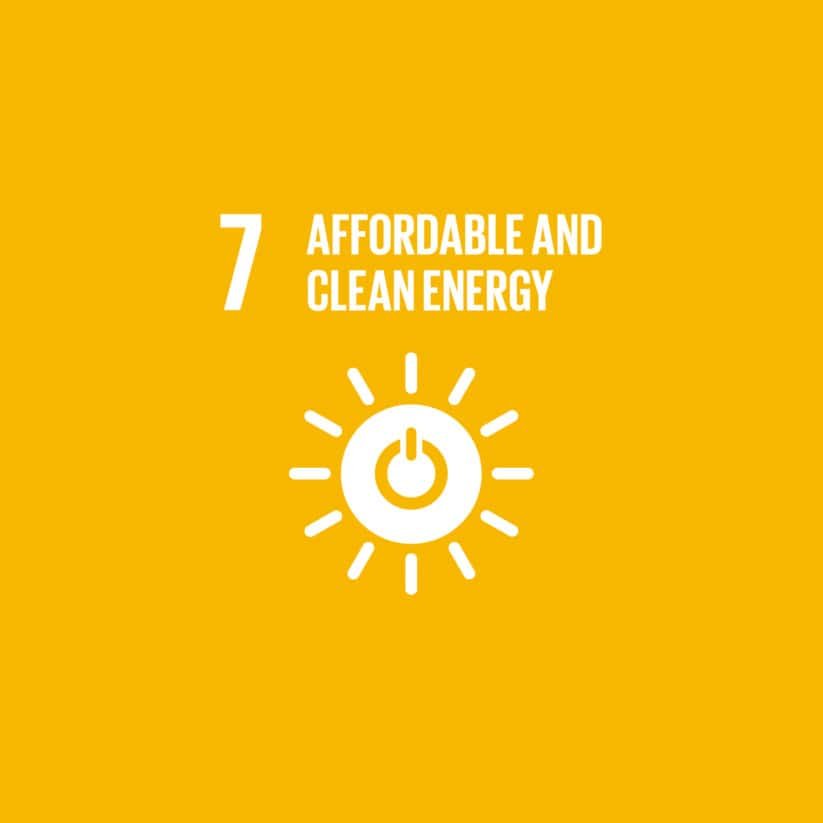
SDG 7: Affordable and Clean Energy
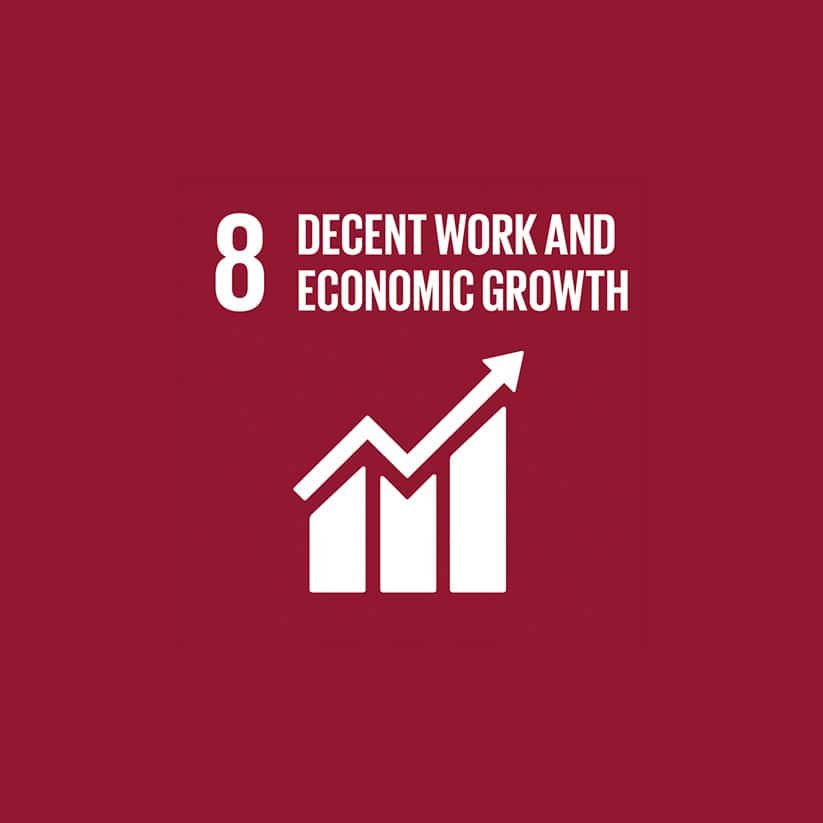
SDG 8: Decent Work and Economic Growth
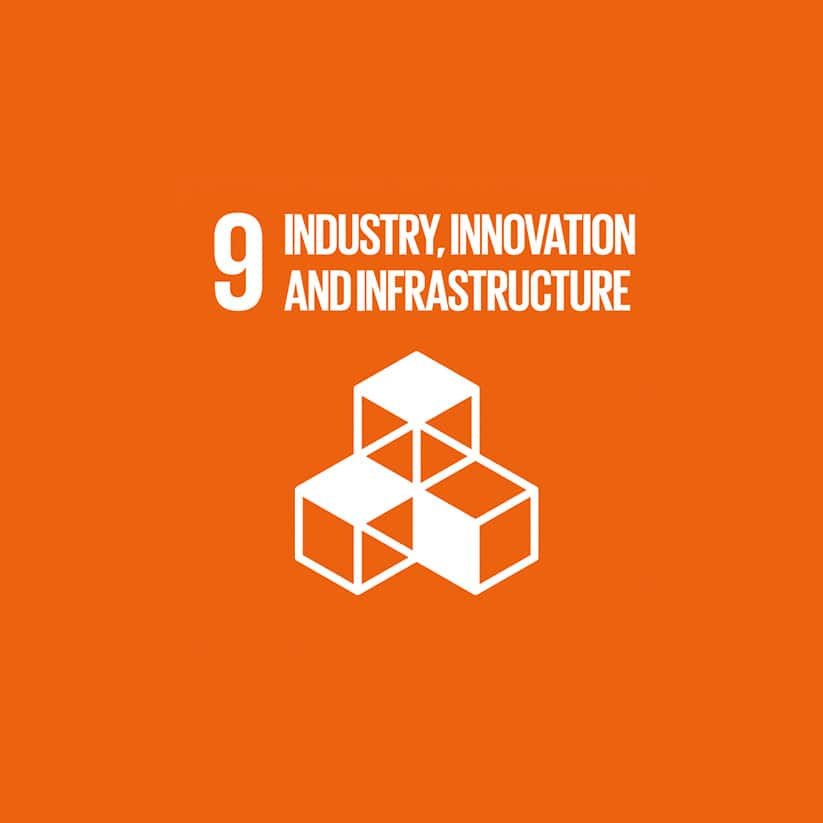
SDG 9: Industry, Innovation, and Infrastructure
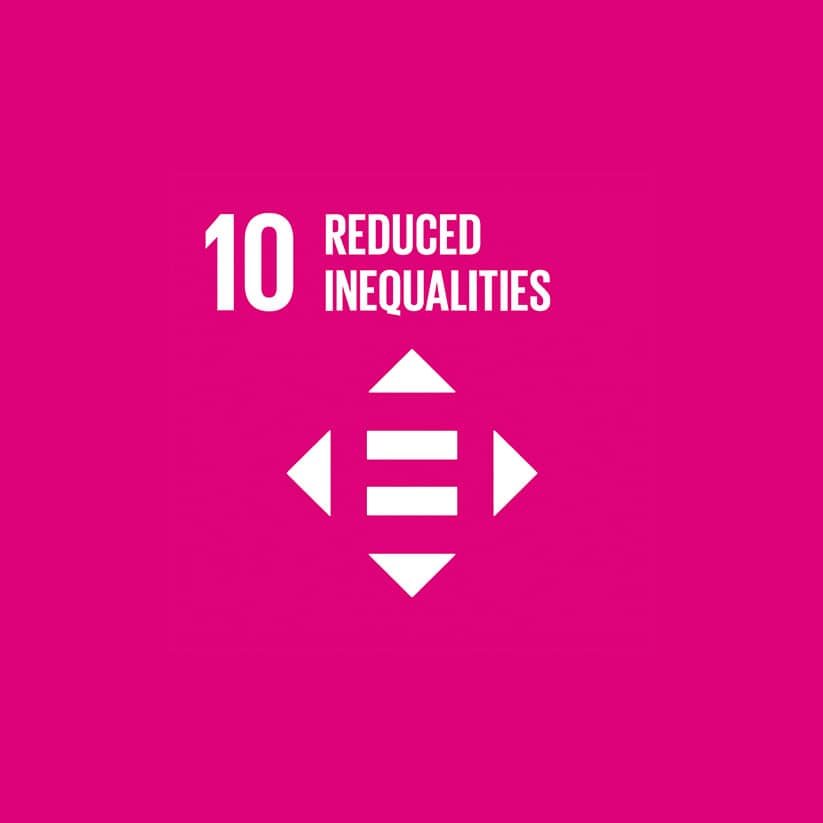
SDG 10: Reduced Inequalities
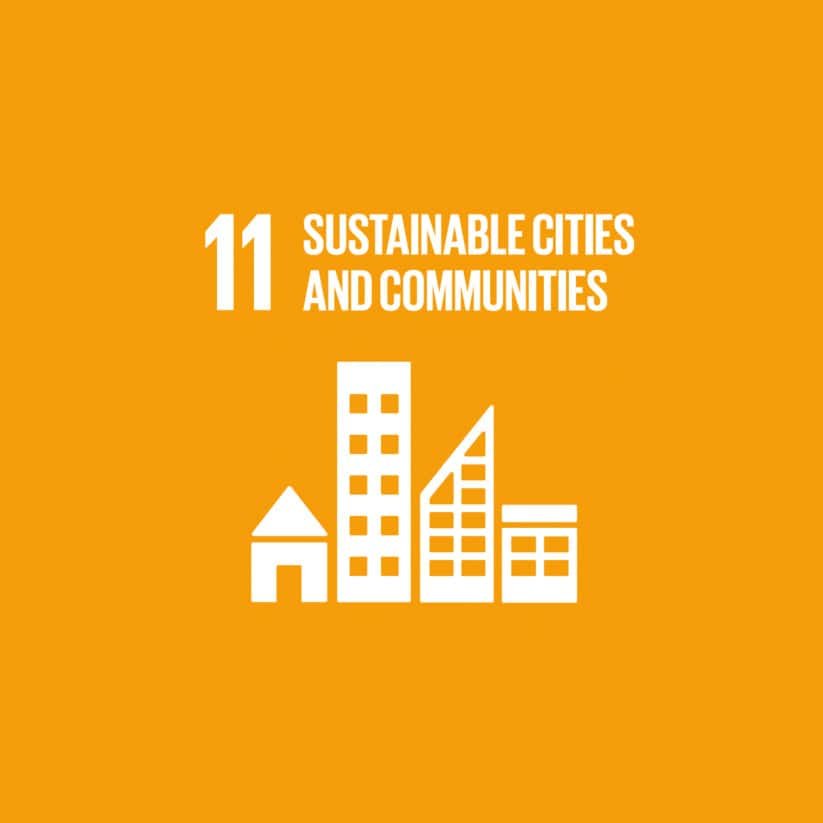
SDG 11: Sustainable Cities and Communities
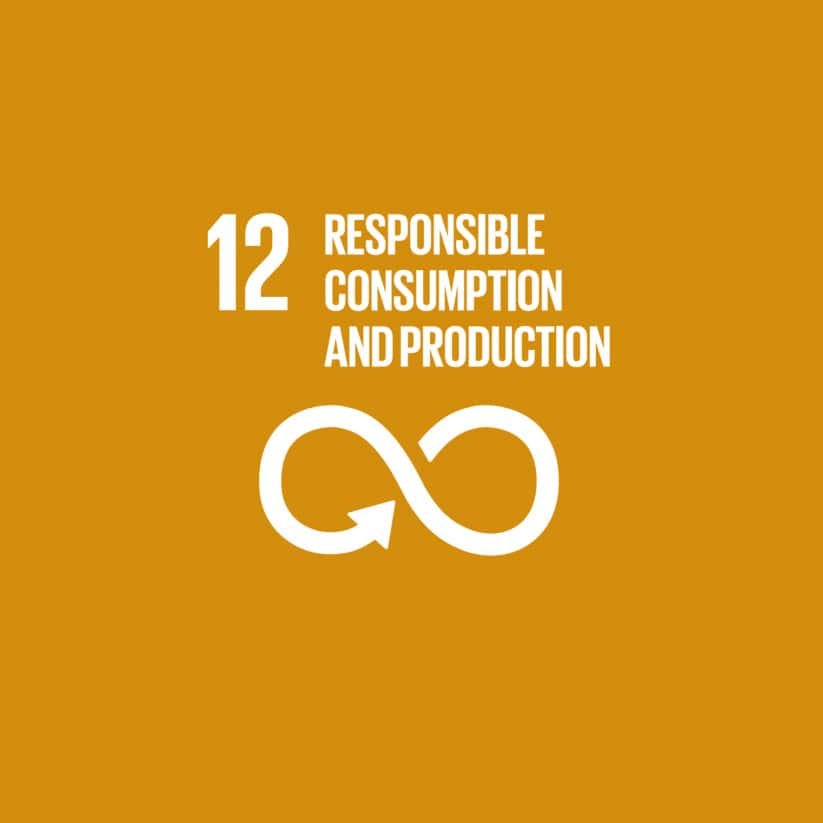
SDG 12: Responsible Consumption and Production
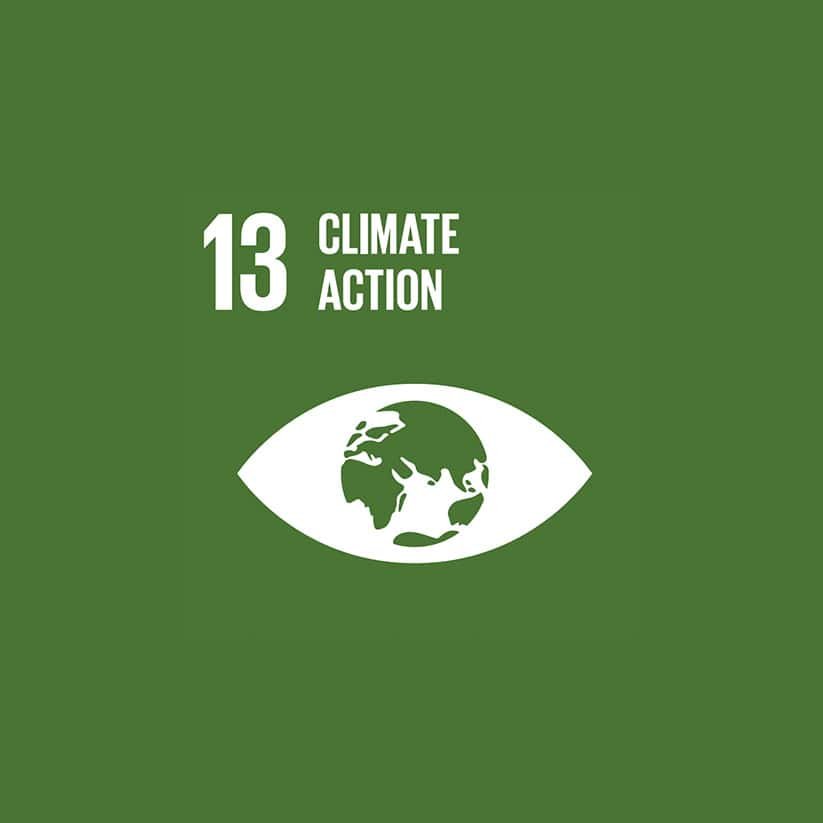
SDG 13: Climate Action
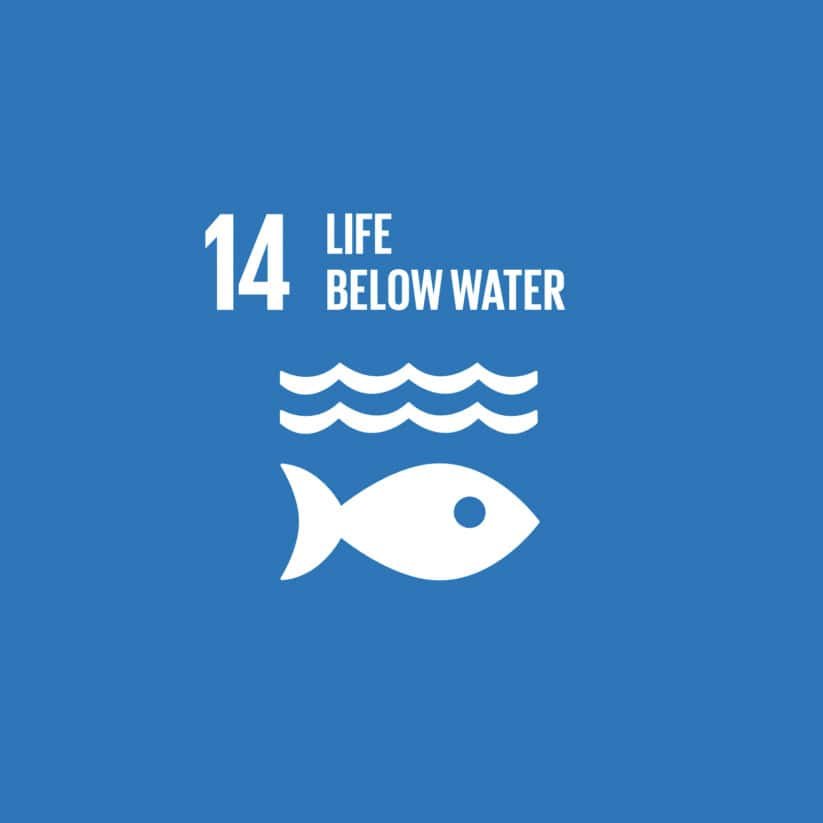
SDG 14: Life Below Water
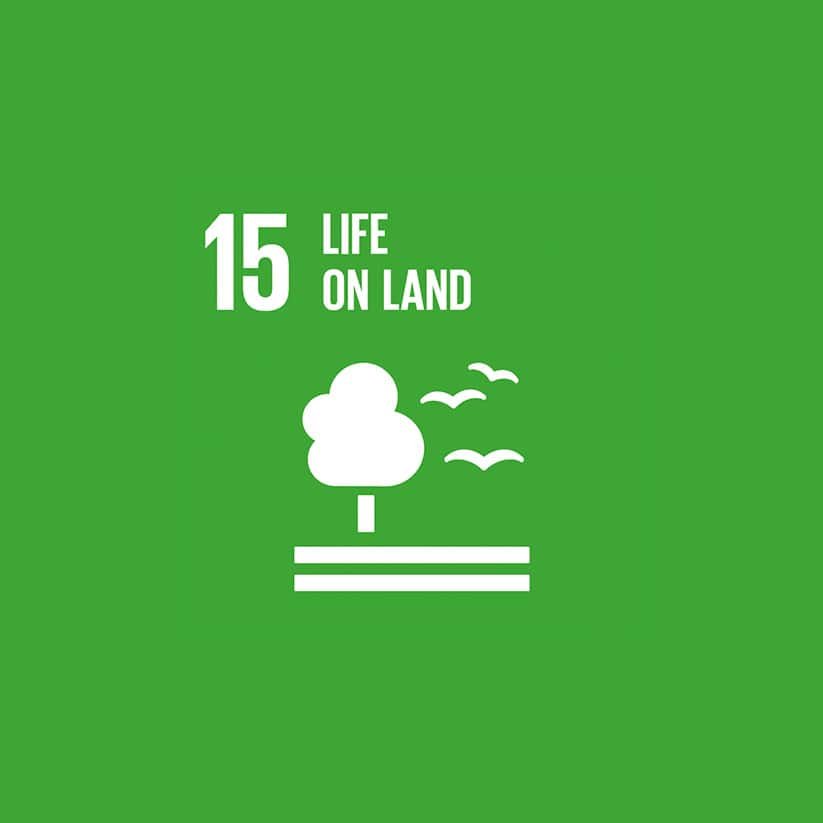
SDG 15: Life on Land
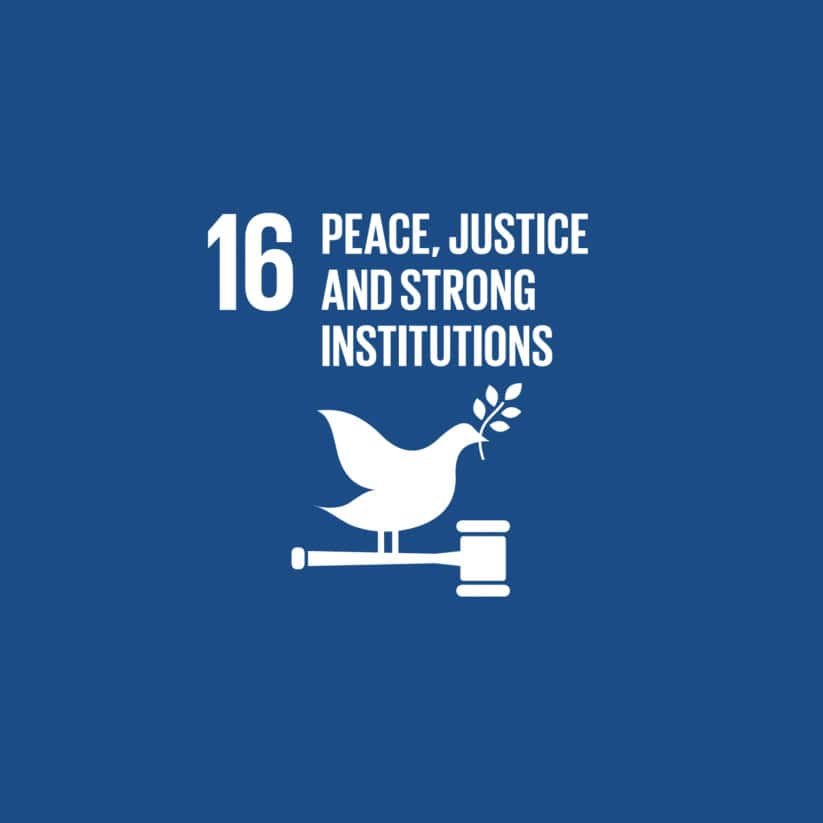
SDG 16: Peace, Justice, and Strong Institutions
